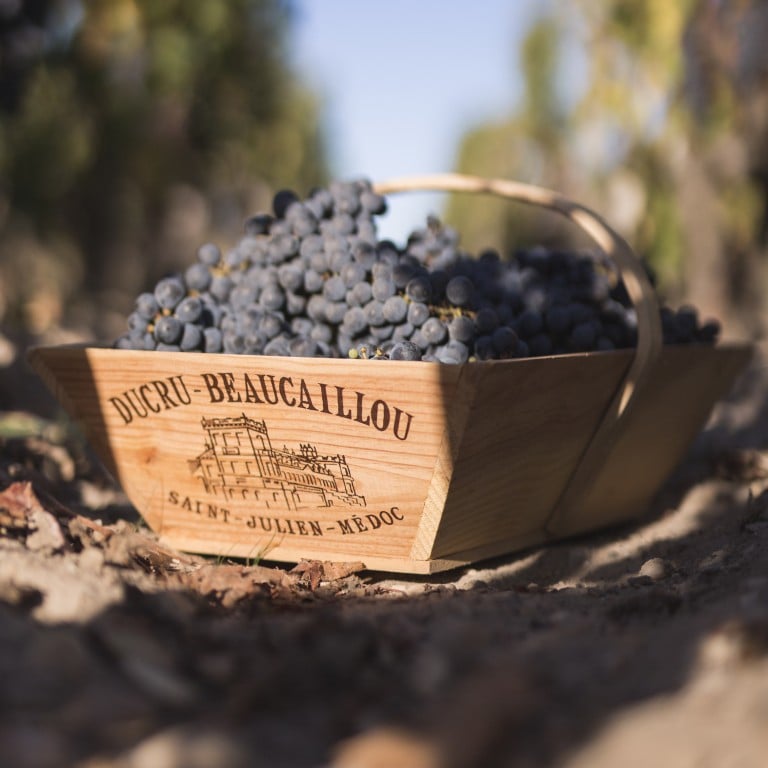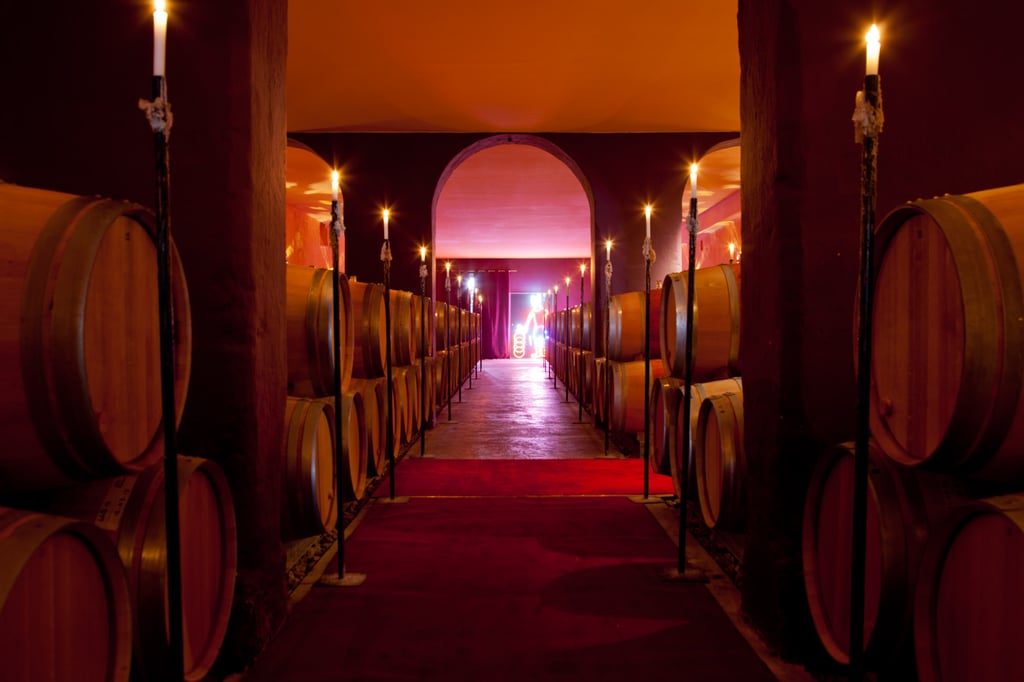Explainer / How to start and maintain a serious wine collection: focus on bottles with cellaring potential, invest in champagne and vintage port and find flavours you love, say the experts

- When buying wine, look out for age-worthiness and whether the bottle has a solid secondary market demand from auctions and traders, says Jeannie Cho Lee, Asia’s first Master of Wine
- French Bordeaux and Burgundy, with Chateau Lafite Rothschild and Chateau Ducru-Beaucaillou, are consistently great investments – but check out California, Italy, Chile, Germany and New Zealand too
Historically, there are some regions that consistently produce these kinds of wines – most famously those of Bordeaux and Burgundy in France. Vineyards there, such as Domaine de la Romanée-Conti, Chateau Lafite Rothschild and Chateau Ducru-Beaucaillou, produce excellent wines year in, year out, and therefore are especially sought-after by collectors.

“The great wines of Bordeaux, and particularly the Médoc, can age for decades,” explains Bruno Borie, co-owner at Chateau Ducru-Beaucaillou. “When planted on deep gravels, cabernet sauvignon produces wines of exquisite freshness, densely concentrated black fruits and layers of ultrafine tannins, the formula for unparalleled longevity.”

“Vintage port is another collectible wine that has stood the test of time,” says Joe Czerwinski, editor-in-chief of Robert Parker Wine Advocate, arguably the most influential wine review magazine in the world.
“Collecting wine carries certain costs – proper storage, cataloguing and insurance – and selling wine incurs others – transportation and commissions,” says Czerwinski. Which is why a wine collection needs to consist of wines that will increase in value over time.